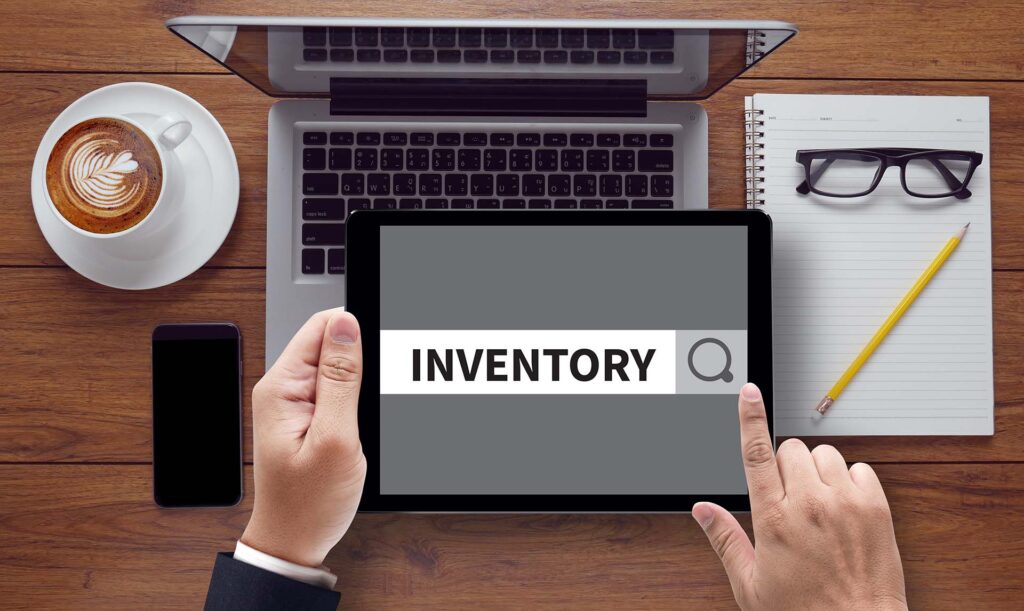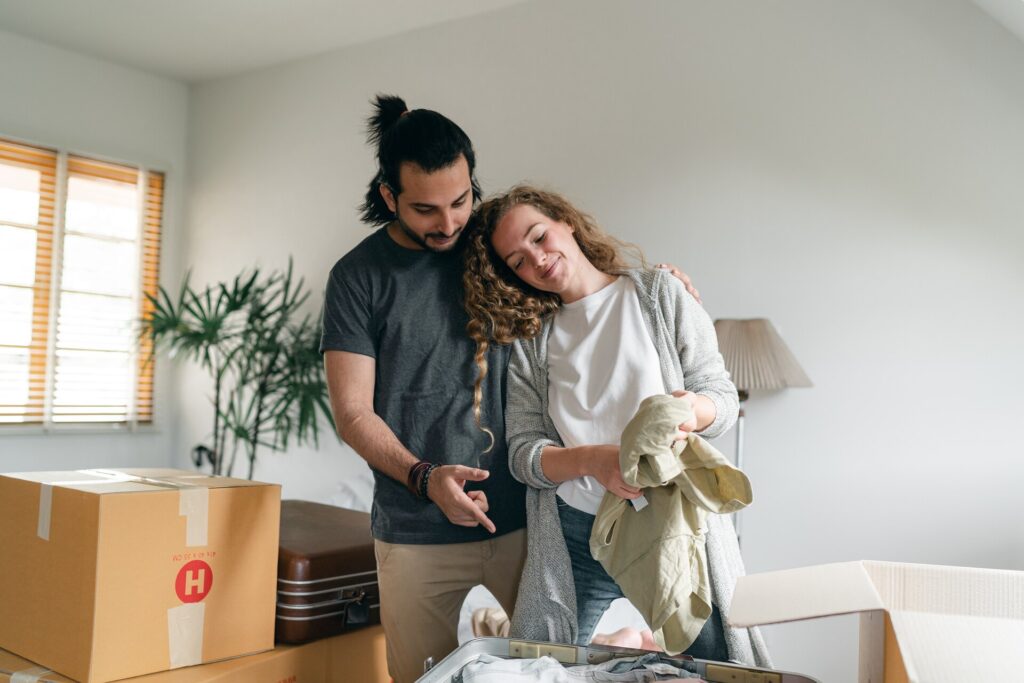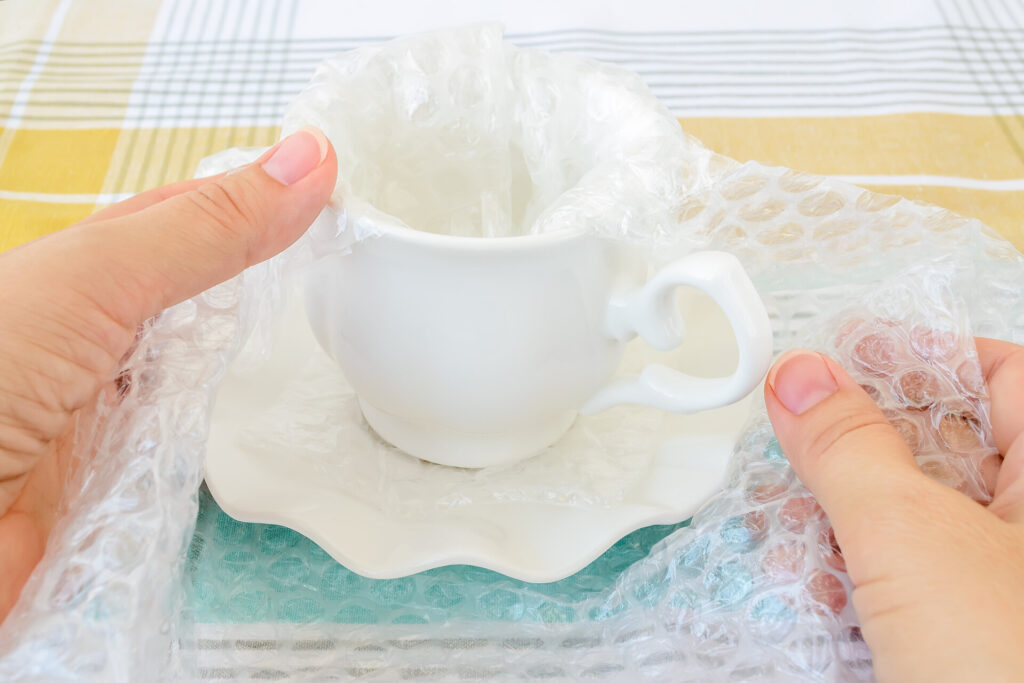Determining how many cardboard containers are needed for shipping overseas can be challenging. This guide answers the question – How many moving boxes do I need? – and provides a comprehensive approach to estimating the number of packages required for different household sizes. By understanding what influences this number, you can ensure that your wrapping process is efficient and effective, making your relocation smoother.
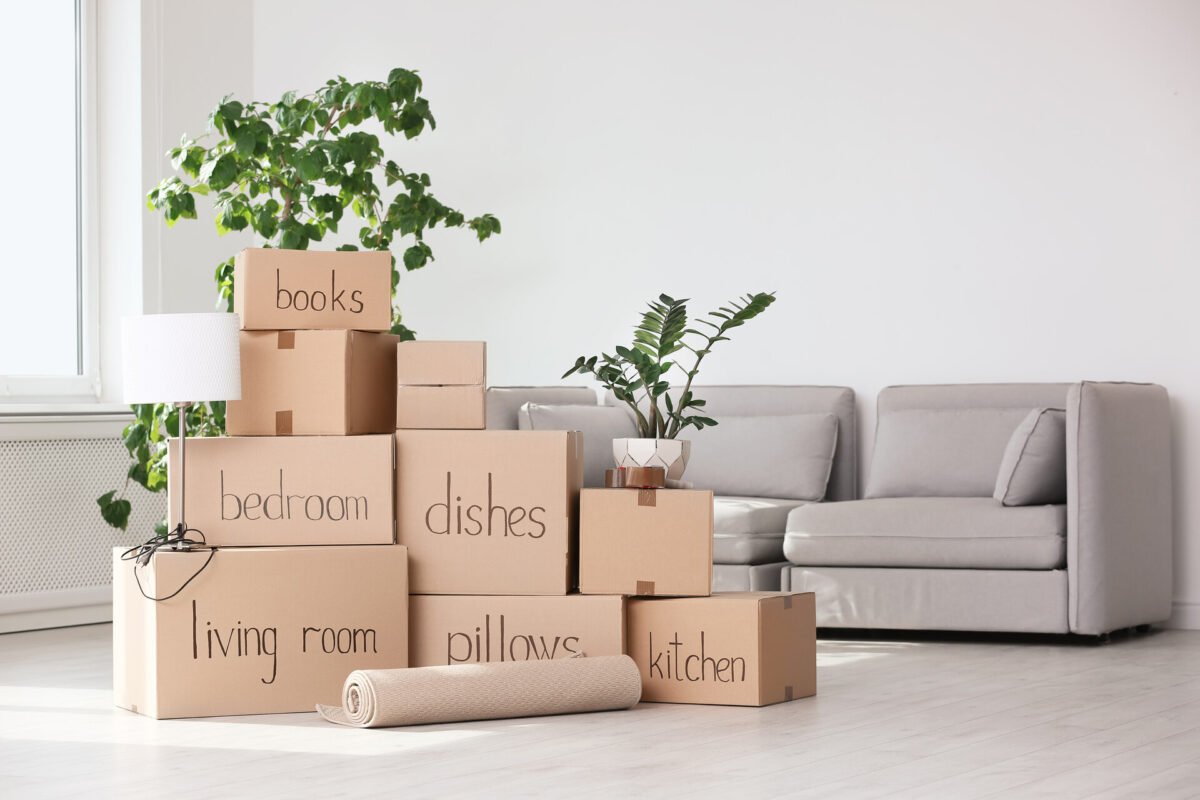

How Many Moving Boxes Do I Need?
The number of cardboard containers you need when relocating abroad depends on the size of your home and how much you own. Typically, a one-bedroom apartment requires about 10-20 boxes, a two-bedroom 20-40 packages, and a three-bedroom 40-70 ones.
For larger homes, count on needing upwards of 70-100 international moving boxes. Consider the types of items you’re packing for a move – books need small, sturdy packages, while linens and clothing can go in larger ones. Adjust the numbers based on the density and volume of your possessions. Always have a few extra containers on hand for last-minute items.
Understanding Box Sizes and Types
When organizing a relocation, understanding the various box sizes and their uses is crucial. Typically, cardboard packages are categorized based on their dimensions and durability. Standard sizes include small, medium, large, and extra-large.
Each size serves a distinct purpose – from packing books and heavy items in small boxes to placing lighter, bulkier goods such as linens and pillows in large and extra-large containers. Additionally, specialized boxes like wardrobe boxes or dish packs are designed to protect specific items during transit. Knowing the differences can help you figure out how to pack efficiently and safeguard your belongings.
Different Types of Moving Boxes and Their Uses
Cardboard containers come in several types, each tailored for specific items and protection levels. Book boxes are small and sturdy, ideal for heavy items like books and tools. Wardrobe boxes come with a metal bar and are perfect for packing clothes directly from your closet.
Dish packs have thicker walls and are used for fragile items such as dishes and glassware. There are also mirror packages designed for framed pictures and wrapping large mirrors. Learning these types will help you choose the right box for each of your possessions, ensuring they arrive safely at your new home.
Selecting the Right Box Sizes for Different Household Items
Choosing the best box size for different items is an essential task on your moving checklist. Small packages are best for heavy or dense items like canned goods and small appliances, as they are easier to carry when full. Medium packages are the most versatile and suitable for toys, kitchen items, and smaller electronics.
Large containers should be used for lighter items that take up more space, such as comforters, towels, and seasonal clothing. For particularly valuable items, consider specialty packages that provide extra protection with additional padding or reinforcement. Proper selection can prevent damage and ensure a safe move.
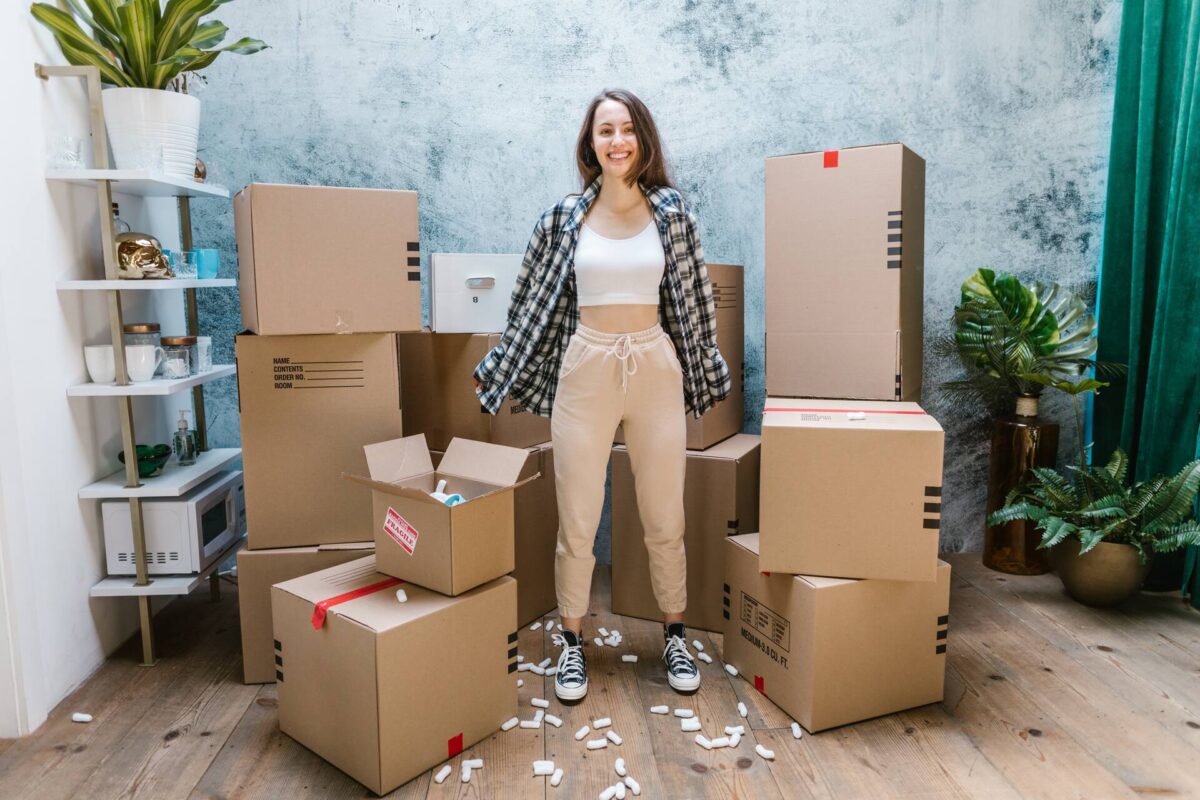

Household Packing Guide – Estimating Your Needs by Room
When preparing for an international move, estimating the number and types of packages per room can streamline the process. You can get a clear idea of how many boxes you’ll need by listing items in each room on your packing list and categorizing them by size and fragility. Let’s go room by room and take a look at what you need to pack when moving abroad with an international moving company.
You should start by wrapping dishes and glassware individually in bubble wrap or packaging paper and use dish packs for extra protection. Appliances should be cleaned, dried, and wrapped. Remove any detachable parts and secure cords to prevent damage. Pack pantry items, ensuring that any open packages are discarded.
Books should be packed in small, sturdy packages to avoid excessive weight. Electronics require original packaging or similar-sized boxes with ample cushioning. Wrap screens and monitors in anti-static bubble wrap. Decor items like lamps and vases need careful wrapping and should be placed in containers labeled as “Fragile” to ensure they are handled with care.
In bedrooms, use wardrobe boxes for hanging garments to keep them wrinkle-free. Fold other clothes and pack them in medium-sized packages. Bedding can be used as cushioning for other items or packed in a large box. For valuable personal items, consider packing them separately and keeping them with you during relocation.
Packing the bathroom and laundry room involves managing numerous small and sometimes hazardous items. Ensure that all caps and lids are tightly secured on liquids. Use small packages for heavier items like bottles and cleaning supplies. Towels and linens can fill gaps in these boxes or be packed separately in larger ones.
Tools should be wrapped in bubble wrap or rags and placed in sturdy packages. Disassemble larger equipment if possible. Seasonal gear like holiday decorations or camping gear should be cleaned and packed in their original boxes when available, or appropriately sized new ones, and labeled to facilitate unpacking at your new location.
Room-By-Room Box Calculation Formula
For a room-by-room estimate, calculate as follows – bedrooms typically require 5-8 boxes for personal items and clothing, kitchens need 10-15 containers for dishes, appliances, and pantry items, and living rooms may need 5-10 boxes for books, electronics, and decor.
Adjust these numbers based on the room size and contents. A common relocation tip is to allocate more packages than you initially estimated to accommodate unexpected items and provide room for properly protecting fragile belongings.
Adjusting Estimates Based on Household Size and Lifestyle
Wondering how many boxes for a 1-bedroom apartment or how many boxes will I need to move a 2-bedroom apartment? The estimated number of boxes has to be adjusted to the household size, of course. Larger families or collectors will likely need more packages for their belongings. Minimalist lifestyles or smaller households might require fewer boxes. Factor in hobbies, sports equipment, and seasonal items, which might necessitate additional or specialized containers.


Special Considerations for Those Moving Internationally
Relocating overseas involves more than just wrapping your belongings – it requires meticulous documentation and adherence to regulations. Key considerations include managing customs forms and potential import restrictions on certain items like plants or perishable goods.
It’s crucial to research destination-specific requirements well in advance to avoid surprises. Additionally, be aware of the climate and cultural differences that might affect the suitability and setup of transported goods in the new location. Choose a relocation company experienced in international logistics to guide you through these complexities.
Additional Protection for Long-Distance Transits
Long-distance moves, particularly international ones, demand extra protection due to the extended time items are in transit and the handling they undergo through different stages of transport. Use high-quality, durable packaging materials and secure sealing methods to protect against moisture, dust, and movement. Bubble wrap, packaging peanuts, and sturdy packages are essential.
Custom Crating for Valuable and Fragile Items
For high-value or particularly fragile items such as artwork, antiques, or delicate instruments, custom crating is the safest option. These crates are built to fit the exact dimensions and weight of an item, providing superior protection compared to standard packages. Although custom crating is more costly, it significantly reduces the risk of damage during the rigors of a long transit, making it a worthwhile investment for irreplaceable items.


Practical Packing Tips for Moving and Reducing the Number of Boxes Needed
To minimize the number of packages needed for your relocation, begin by packaging multipurpose items and filling any empty space within boxes. For instance, use clothing or towels to wrap fragile items or fill gaps in boxes containing sturdy objects, thereby providing protection and reducing the amount of packaging material needed.
Decluttering Before Moving Overseas
Relocating overseas provides an excellent opportunity to thoroughly declutter. Assess each item’s necessity and whether it holds enough sentimental or practical value to justify the cost and effort of transport. Sell, donate, or dispose of items that are replaceable or infrequently used. Focus on appliances, which may not be compatible with electrical standards in your new location, as well as bulky furniture that might not suit your new home.
Efficient Packing Strategies to Maximize Space
Utilize efficient packing strategies to maximize the space within each box and ensure safe transport. Grouping items according to size and function is always a good starting point. Books, for example, should be packed flat to prevent spine damage. Clothing can be rolled instead of folded to save space and reduce wrinkles. You can use vacuum seal bags for bulky clothing and bedding.
When packing, place heavier items at the bottom and lighter ones on top to maintain balance and prevent damage. This systematic approach not only maximizes space but also makes unpacking easier upon arrival at your destination.


Looking for Moving Assistance? Sunset International Shipping Has a Team of Expert Movers
When planning a relocation, having an expert overseas moving company can significantly ease the process. Sunset International Shipping offers a team of experienced movers ready to assist you every step of the way. Here are the reasons to get moving services from Sunset International Shipping:
- Stress reduction – Professionals handle the logistics and heavy lifting, reducing relocation stress and allowing you to focus on other aspects of your relocation.
- Efficiency and promptness – Expert movers are trained to pack and move quickly and efficiently, saving you time and hassle.
- Safety and security – With trained professionals, your belongings are handled carefully, reducing the risk of damage during transit.
- Cost-effectiveness – While upfront costs may seem higher, hiring movers can be more cost-effective in the long run due to minimizing damages and speeding up the process.
- Customized services – Whether you need full packing services, custom crating, or secure transport, Sunset International Shipping tailors services to meet your needs.
Contact Sunset International Shipping for a Smooth, Stress-Free Relocation Abroad
Are you embarking on an international move? Sunset International Shipping is here for an efficient, anxiety-free relocation experience. Our team of professional movers specializes in international relocations, offering comprehensive services tailored to your unique needs.
From expert packing and custom crating to handling customs clearance and logistics, we ensure every aspect of your move is managed with precision and care. Trust our overseas shipping company to provide a seamless transition to your new home abroad, allowing you to settle in comfortably and confidently. Contact us today to discuss your relocation requirements and start your journey with a trusted partner at your side.




